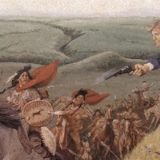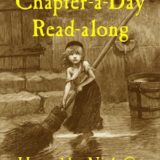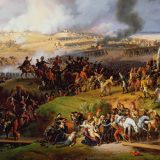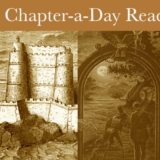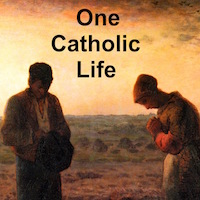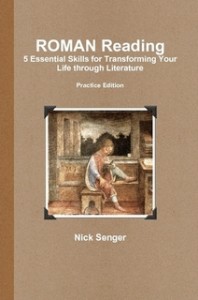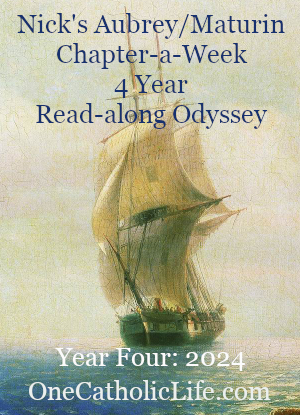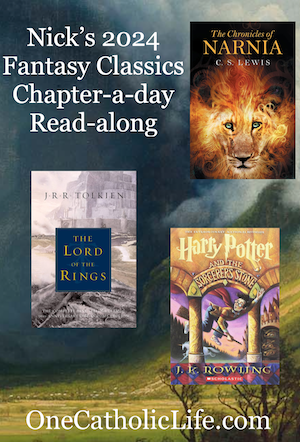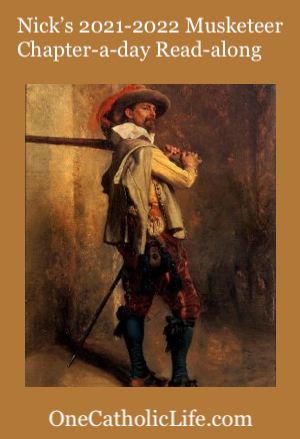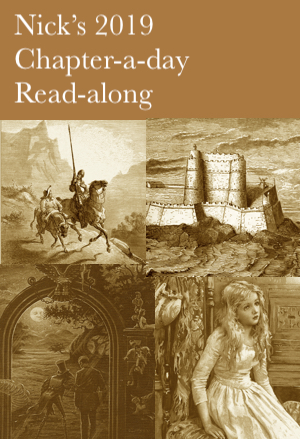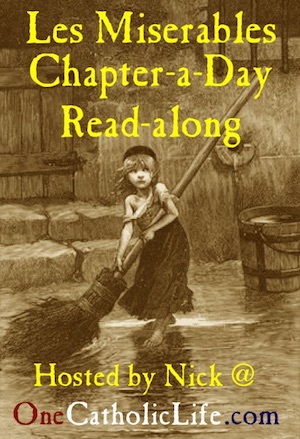Of Kingdoms and Happy Places – A Funeral Homily
Today I gave my first funeral homily. I never expected it would be for someone so close.
To my colleague and friend, Mary Feezell.
Readings:
Wisdom 3:1-6
2 Timothy 4:7-8
Mark 10:13-16
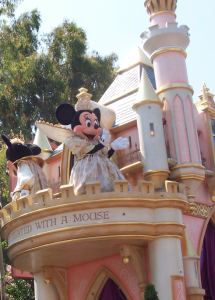 Some people call it “The Happiest Place on Earth.” Others call it “The Magic Kingdom.” Anyone who knew Mary, or who looked at the memory table as we walked in, knows that Mary loved Disneyland. If Mary wasn’t telling you about the trip she just took to Disneyland, she was telling you about the next trip she was going to take to Disneyland. She even had a Disney cruise planned for this summer.
Some people call it “The Happiest Place on Earth.” Others call it “The Magic Kingdom.” Anyone who knew Mary, or who looked at the memory table as we walked in, knows that Mary loved Disneyland. If Mary wasn’t telling you about the trip she just took to Disneyland, she was telling you about the next trip she was going to take to Disneyland. She even had a Disney cruise planned for this summer.
That love for Mickey and the Magic Kingdom is a perfect expression of Mary’s childlike qualities. She understood what Jesus was talking about in the gospel we just heard. Jesus tells us today that in order to accept the Kingdom of Heaven we must become like children. Once we become like children we open ourselves to the mercy of our loving Father who cares for each of us.
But what does it mean to become like children?
We can learn how to become like children by looking at the way Jesus worked in Miss Feezell’s life. As a Catholic school teacher, it was Mary’s vocation each day to help her students draw closer to Christ. Now, in one last lesson, her life can help us understand Jesus and draw closer to him.
First of all, to be childlike means to be in awe of creation, to look in wonder at the world. Mary’s favorite song was “What a Wonderful World.” You know the words:
I see trees of green…red roses too
I see them bloom for me and you
And I think to myself…what a wonderful world
Our family, our friends, our school, are gifts from God, gifts that are easily taken for granted. To become like a child means to wake up each morning overjoyed that the sun has come up again, excited about each new moment of the day, and to think…what a wonderful world. It means falling in love with this wonderful world and with the God who made it.
And the next lesson we can learn from Miss Feezell about being childlike is that children never tire of what they love.
Mary loved teaching, she loved her students and friends, she loved her faith. She loved playing soccer at recess, joining in PE class, and helping students become readers and writers.
She never tired of those things she loved. Her body may have become tired, but her heart never did. Even in her last days she spoke about her love and concern for the children.
So lesson number two from Miss Feezell is that to be childlike means that we never grow bored or weary of the things we love. Sometimes people complain about hearing the same prayers at mass, or about having to get up on Monday morning and start the daily grind all over again. But have you ever heard a child complain about hearing the same bedtime story over and over again? It’s not so much the story that they love, but rather the the parent who reads it.
When we truly love something, it is never a burden, but a source of continual joy. It is the love God has for each of us, a love that never gets old, even if we do.
And our final lesson today, lesson number three, is that being childlike does not mean never growing up.
Jesus did not tell his disciples to remain children, but to be like children. We see this in Miss Feezell, too. Though she was childlike, Mary was also an adult.
To be an adult means to accept the responsibilities that come with growing up, and for people of faith that means carrying the crosses that are laid on our shoulders.
We hear in St. Paul’s letter to Timothy that life is like competing in a race. It takes effort. It’s often difficult and painful.
And Mary competed hard. She accepted her illness, her fatigue, her pain, and never complained. She kept the faith. Just as Jesus accepted the burden of the cross, so Mary accepted the burden of her illness. If you take a look at Mary’s Relay for Life survivor medals, you see the symbols of a woman who took what was given to her, faced it with courage, and accepted it with grace, dignity, and childlike trust in her God.
There’s a little booklet that we teachers at All Saints try to live by, called To Teach As Jesus Did. We try each day to model our teaching after the one true Teacher, Jesus Christ. This is what Mary tried to do too.
She took the lessons she learned from Jesus–to be childlike, to carry her crosses–and she put them into practice.
This is our journey. This is our task. To learn to see life with eyes of wonder. To love without growing tired. To bear our crosses patiently, trusting that God’s mercy will some day relieve of us of our burdens.
My family and I had the joy of meeting up with Mary in Disneyland in the summer of 2005, when the park was celebrating its 50th Anniversary. Mr. Coyle was there, too. It’s one of our fondest family memories.
I like to think that Mary fell so much in love with Disneyland because she was able to see beyond the rides, the parades, and the fireworks to the loving creator who made them all. The same child within her who loved Disneyland also loved her Catholic faith and her savior Jesus.
If we can learn to live with Mary’s childlike wonder, while at the same time accepting the very real work of carrying our crosses, then we, like Mary, will be able to say one day, “I have competed well; I have finished the race; I have kept the faith.”
It is that faith into which Mary was baptized, and it is that faith that gives us hope in her eternal life.
Mary has left behind the Magic Kingdom for a greater kingdom, the Kingdom of Heaven. She leaves behind the “Happiest Place on Earth” to be received into the happiest place of all.
https://www.youtube.com/watch?v=oGmRKWJdwBc







